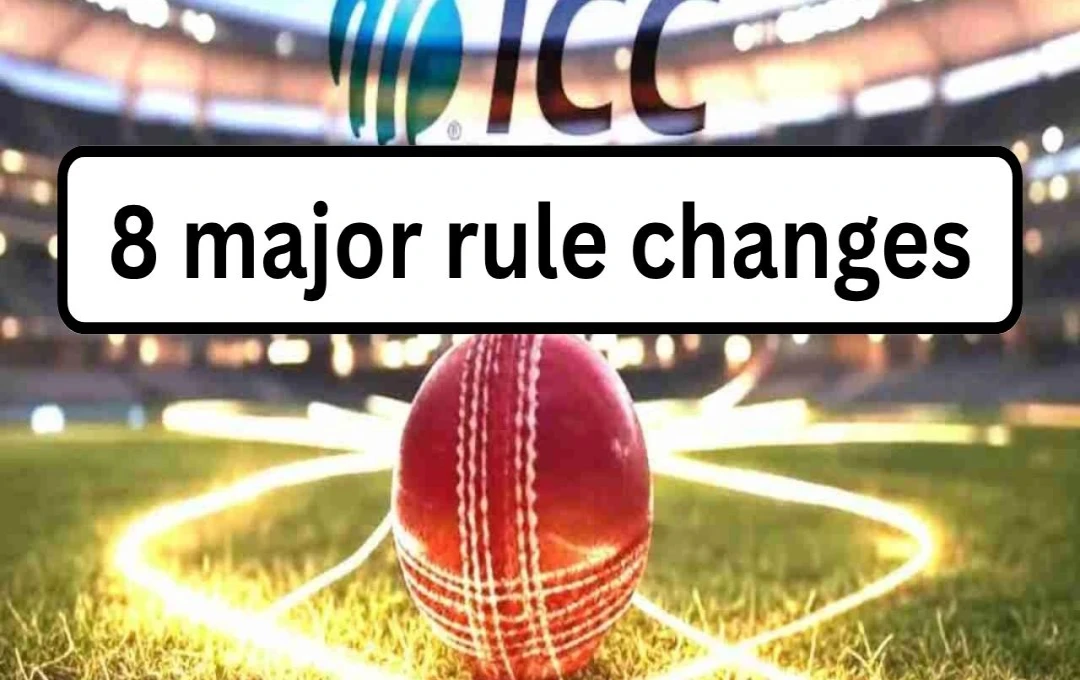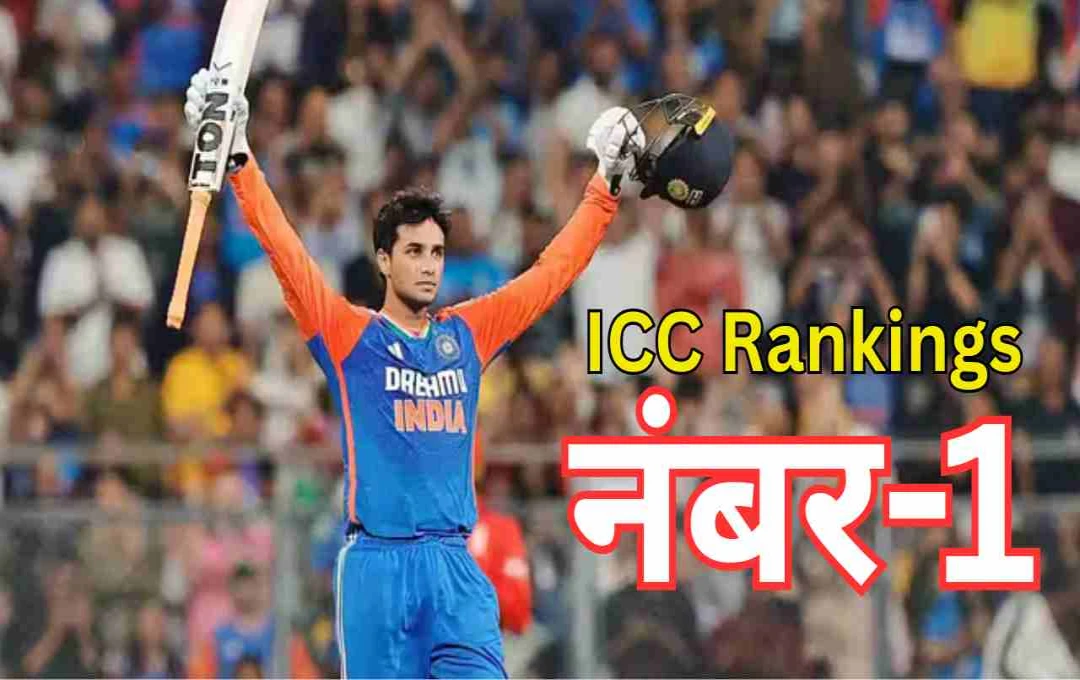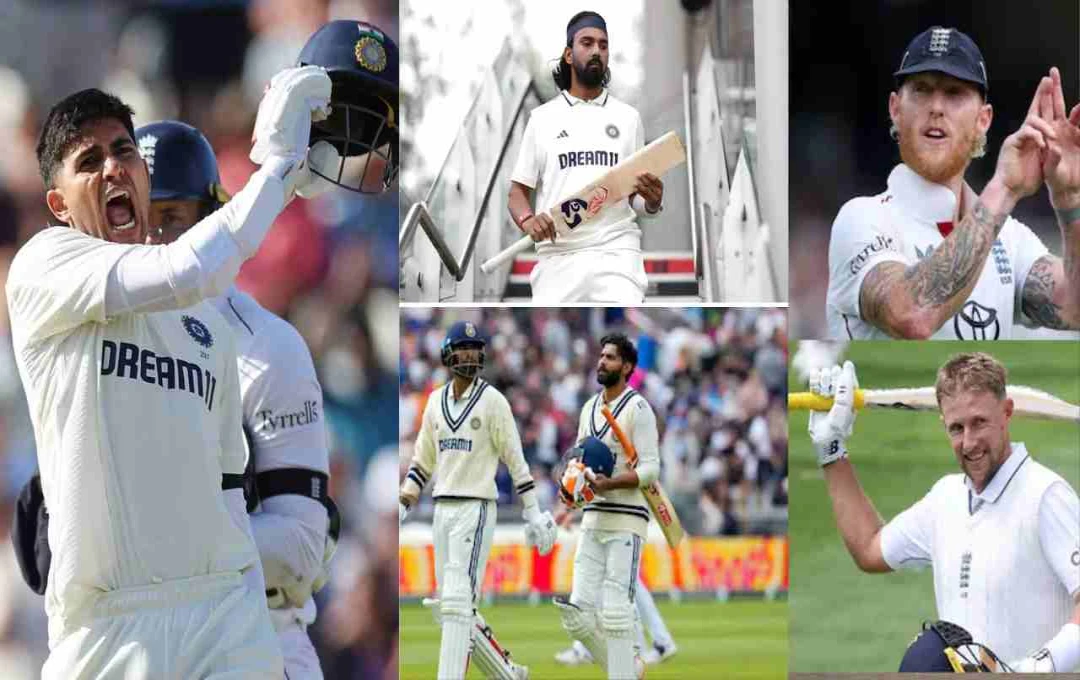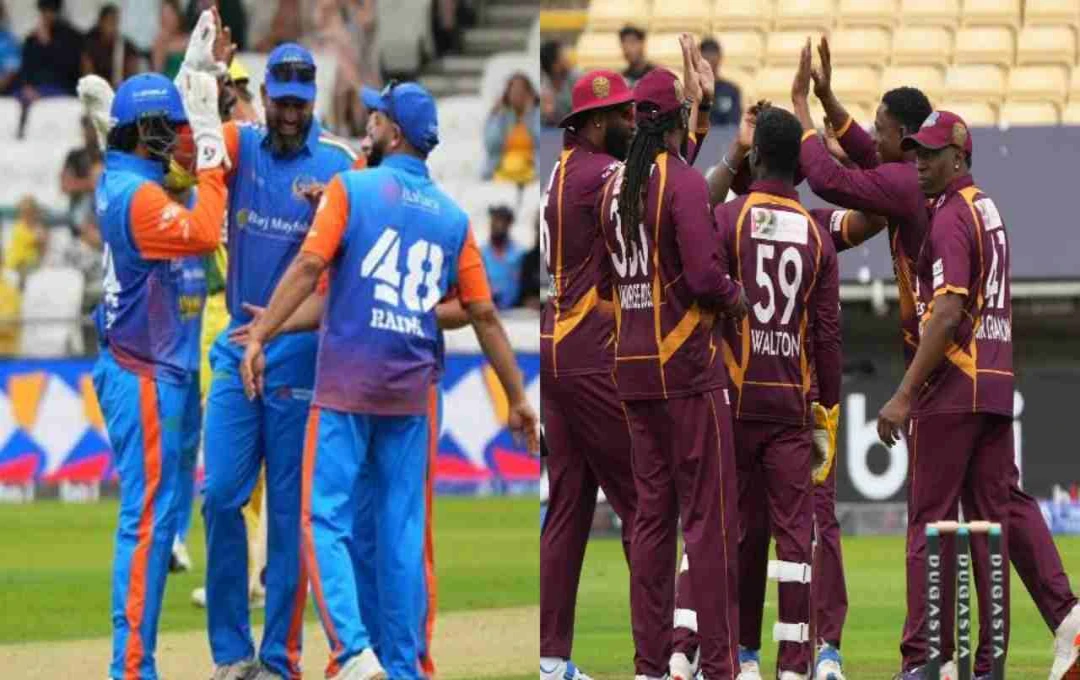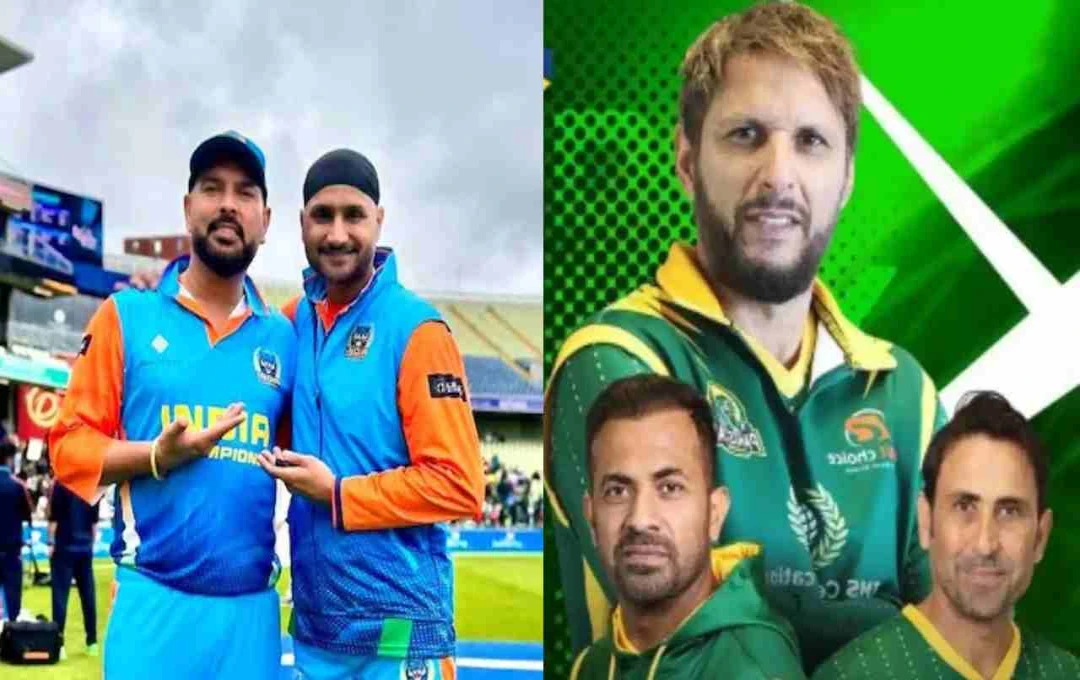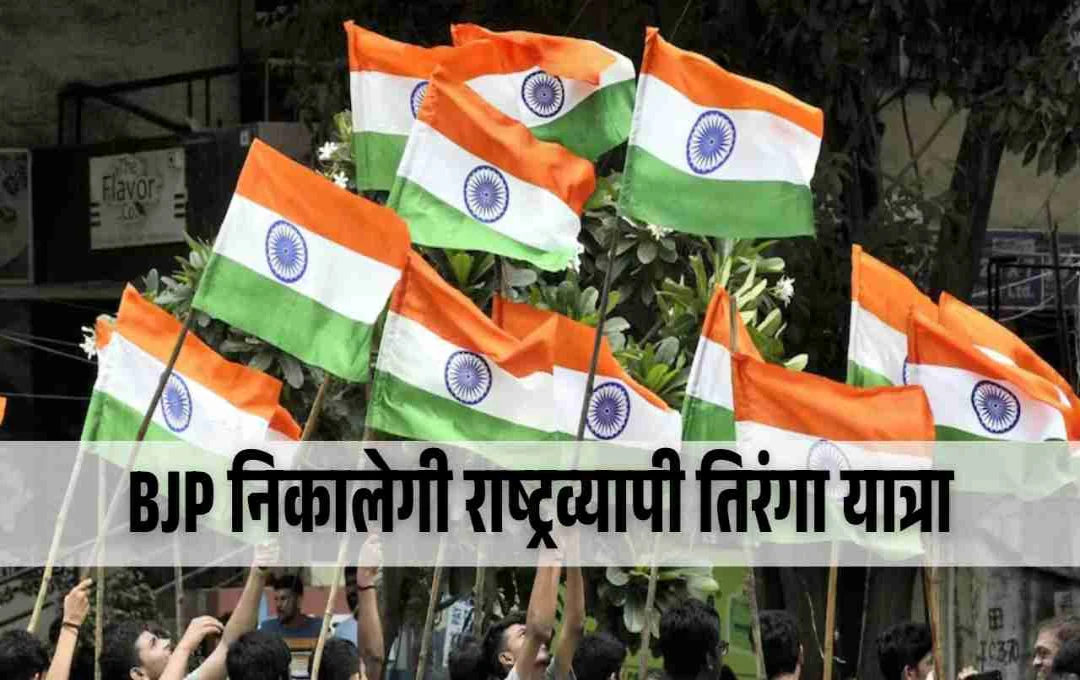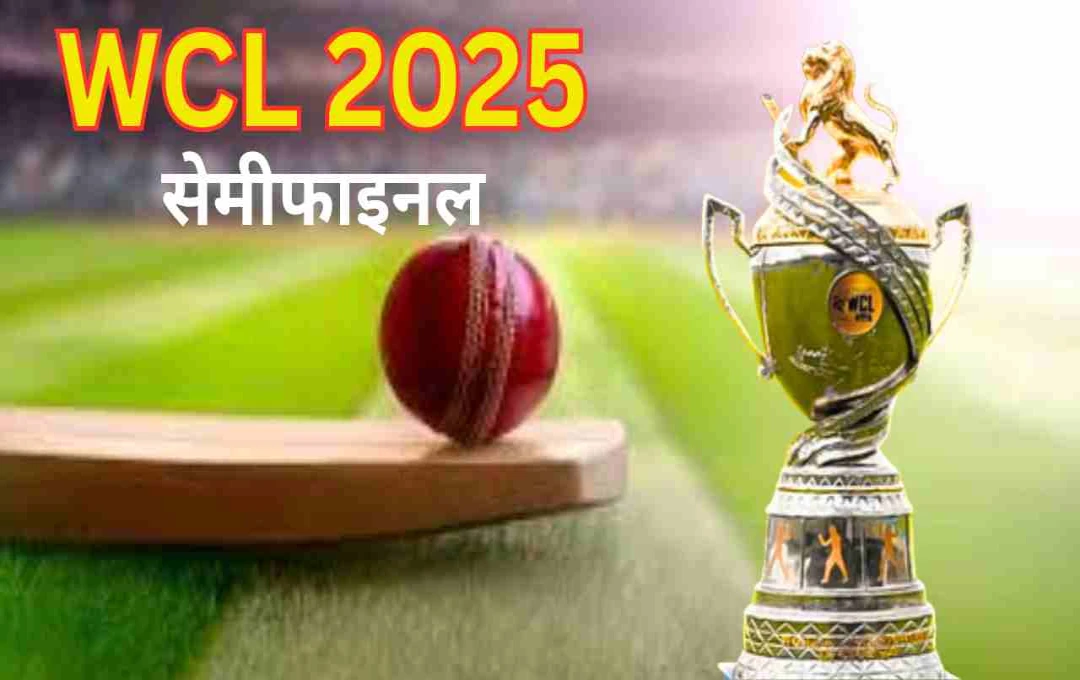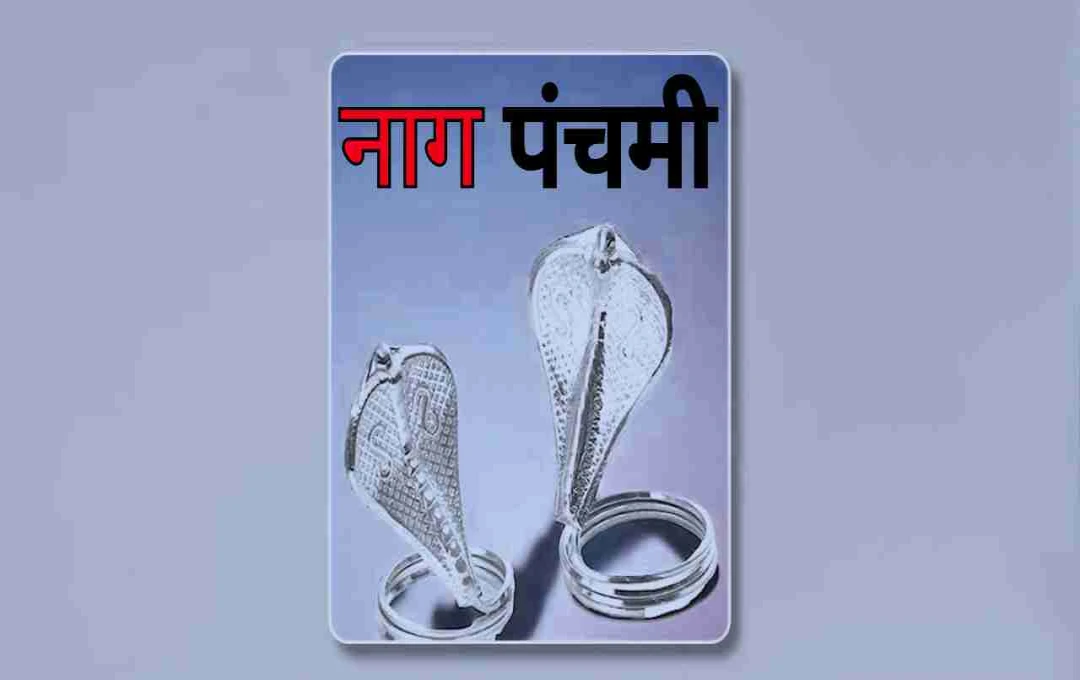The International Cricket Council (ICC) has announced eight major changes across all three formats of cricket.
Sports News: The International Cricket Council (ICC) has introduced significant changes to the world of cricket following the World Test Championship 2025 final. The ICC has announced eight crucial rule modifications across all three formats of cricket: Test, One Day International (ODI), and Twenty20 (T20). These changes will impact players' strategies and enhance the excitement for spectators.
These rules have already been implemented in Test cricket from the 2025-27 World Test Championship cycle. In white-ball cricket (ODIs and T20s), these changes will take effect from July 2, 2025. Let's examine these eight rules in detail and understand their potential impact on cricket:
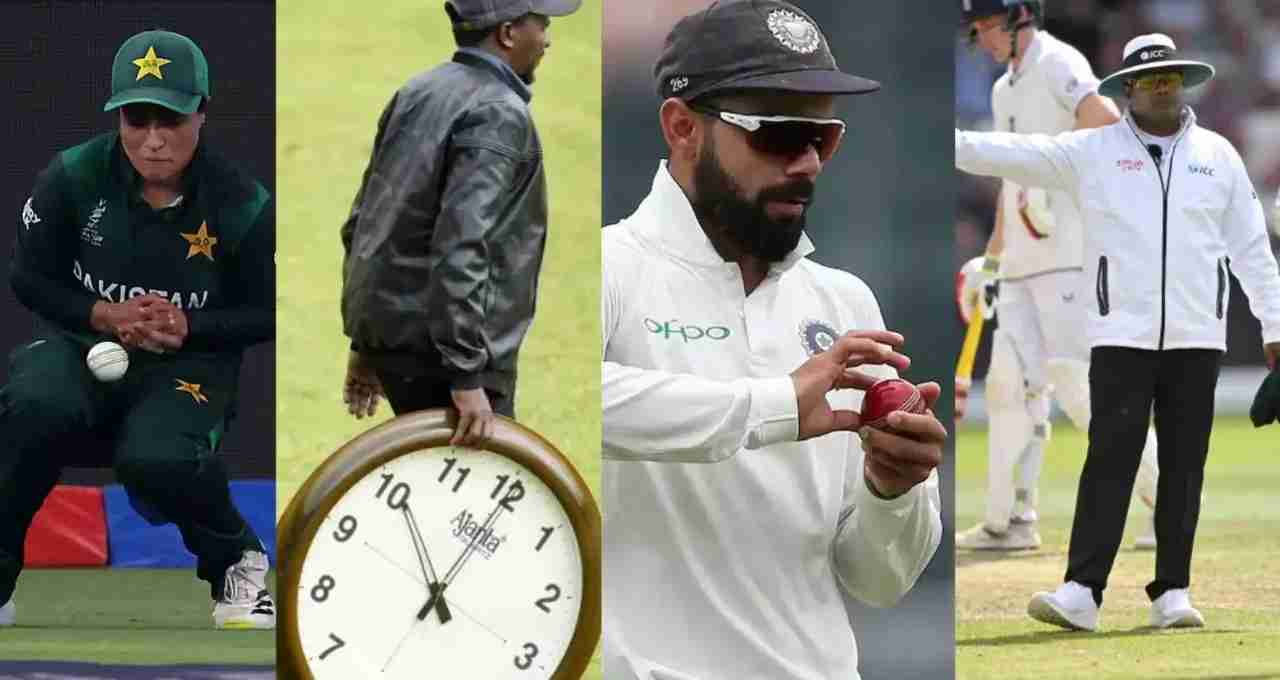
1. Introduction of the Stop Clock in Test Cricket
Previously limited to ODIs and T20s, this rule has now been extended to Test cricket. According to this rule, the fielding side must begin the next over within 60 seconds of the previous over's completion. If they fail to do so, the umpire will issue two warnings, followed by a five-run penalty for each subsequent instance.
These warnings will reset after 80 overs. The aim is to speed up the game, allowing spectators to witness more overs in Test matches.
2. Single Ball Usage After 35 Overs in ODIs
Currently, in ODIs, two separate balls are used after 25 overs. However, this rule will change from July 2. Only one ball will be used after 35 overs to enable reverse swing and benefit bowlers. This step aims to reduce the dominance of batsmen and provide bowlers with a level playing field.
3. Stricter Enforcement of Saliva Rule
Applying saliva to the ball was banned after the COVID-19 pandemic. However, some teams attempted to manipulate the ball by taking advantage of this rule. Umpires are now empowered to decide whether a ball needs to be changed. A penalty of 5 runs will continue to be imposed for deliberately using saliva on the ball.
4. Review of Catches on No-Balls
Previously, if a batsman was caught out on a no-ball, the dismissal wasn't reviewed. From now on, the validity of catches on no-balls will be checked. If the catch is clean, the batsman will only get one run. Otherwise, all runs scored on that ball will be counted.
5. Stricter Penalties for Short Runs
If a batsman deliberately takes a short run, a penalty of 5 runs will be imposed. Moreover, the fielding team and the umpires will decide who bats next. This is expected to curb the practice of taking short runs with ill intentions.
6. Priority Defined for Simultaneous Appeals
If an appeal for both LBW and run-out occurs on the same delivery, the LBW will be checked first. If the batsman is out LBW, the ball will be declared dead, and the run-out check won't be necessary.
7. Major Change in Boundary Catch Rules
From now on, a fielder can only touch the ball once while airborne outside the boundary line. If the ball is pushed back inside the boundary in the air, and the catch is taken from outside, it will only be considered valid if the fielder's final touch is within the boundary. This will bring more clarity to boundary catches.
8. Major Update in DRS
If a batsman is given out caught, and the review shows that the ball first hit the pads, the third umpire will now also check for LBW. If ball-tracking results in umpire's call, the batsman will be considered out. This will enhance transparency and fairness in the decision-making process.
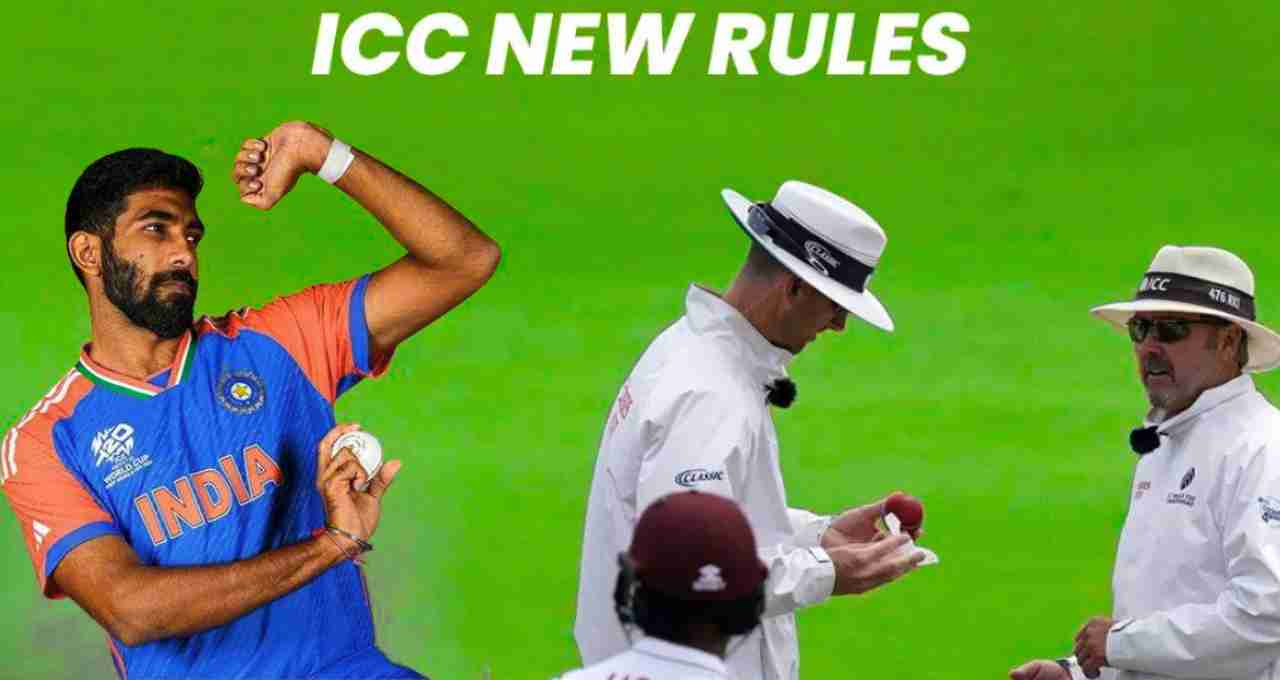
These rules clearly indicate that the ICC aims to make cricket more dynamic and fair. The stop-clock rule will curb slow over rates, and bowlers will also get relief under the new system. Preserving the ball's original shine and providing the opportunity for reverse swing may prove to be a boon for bowlers.
